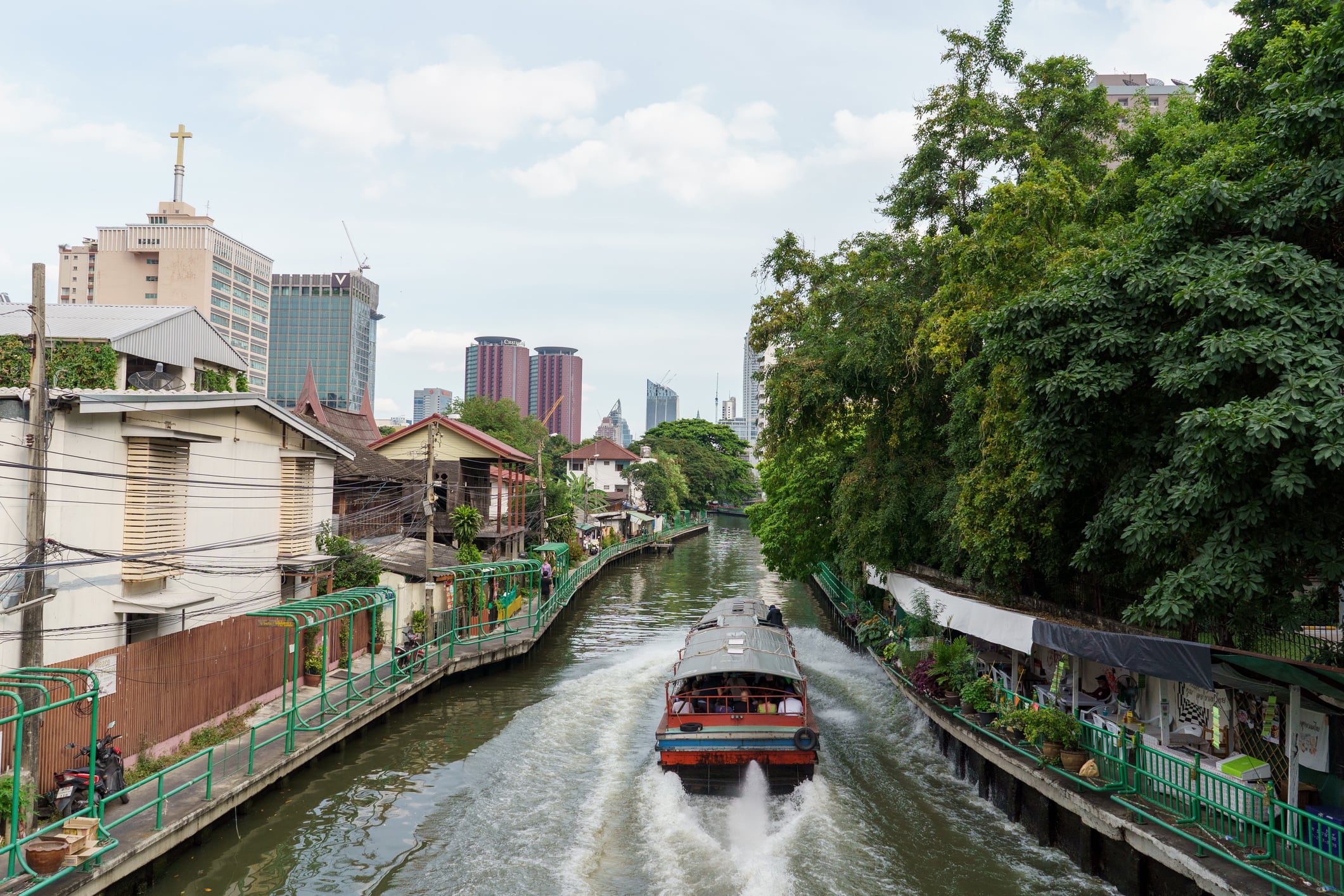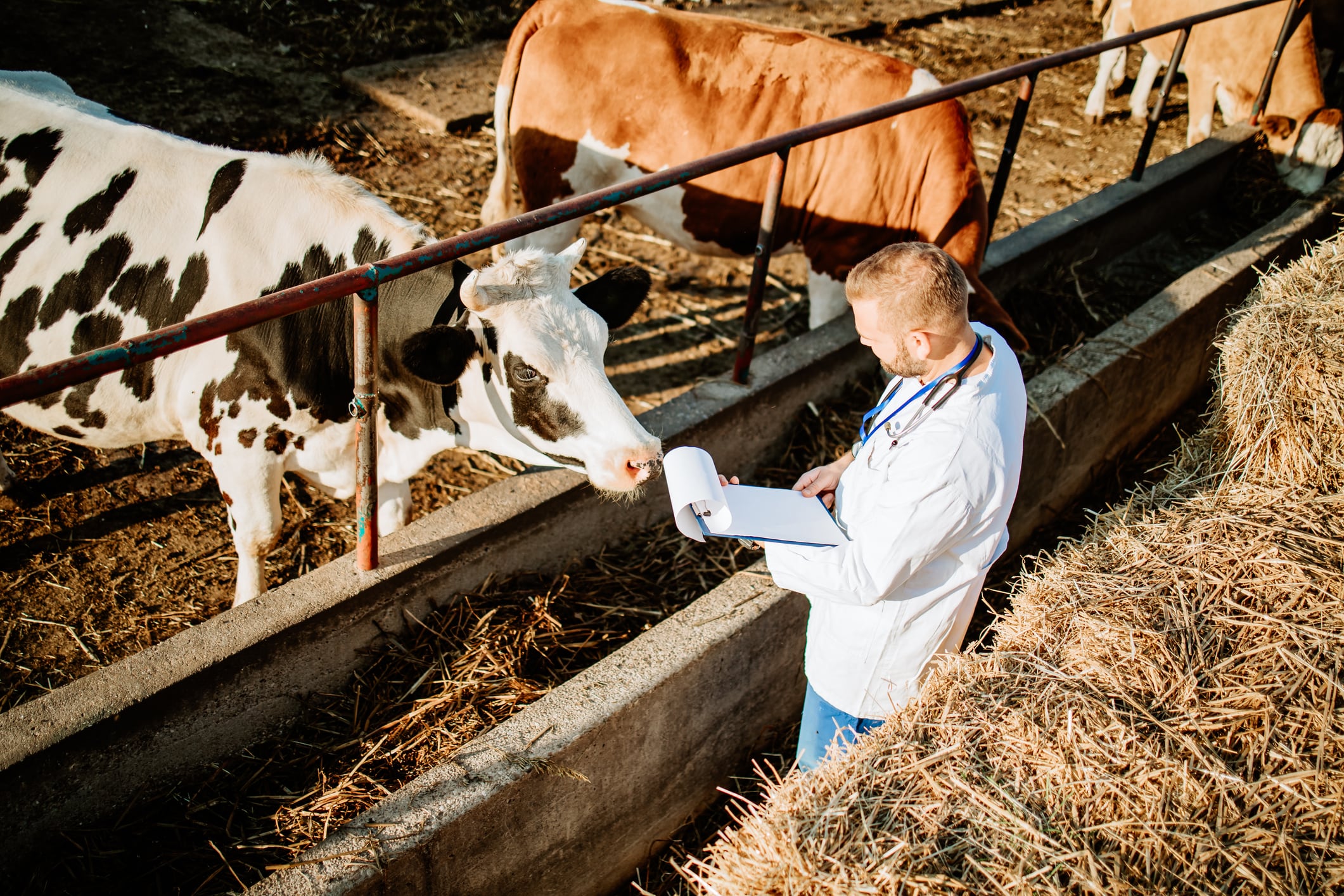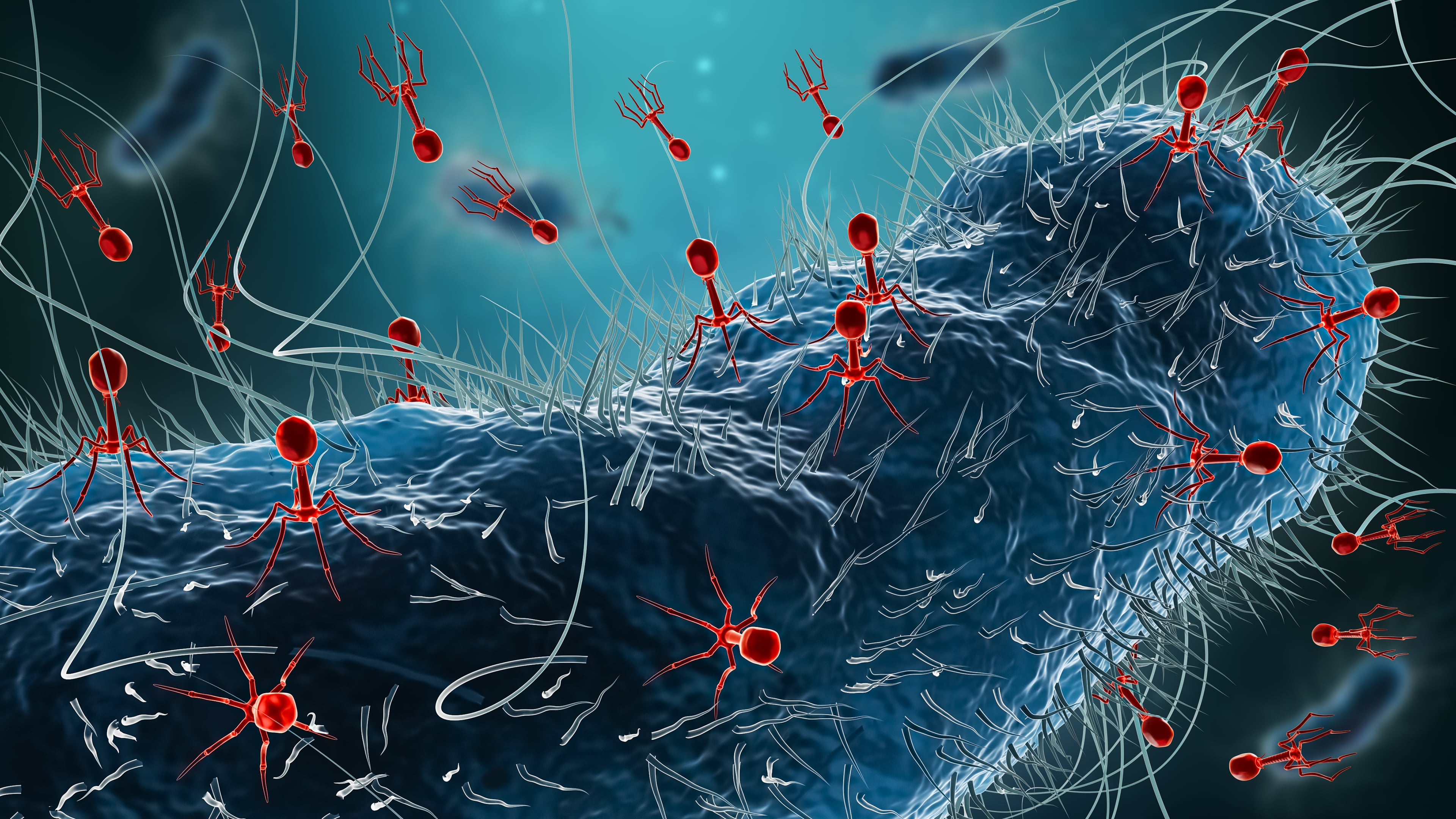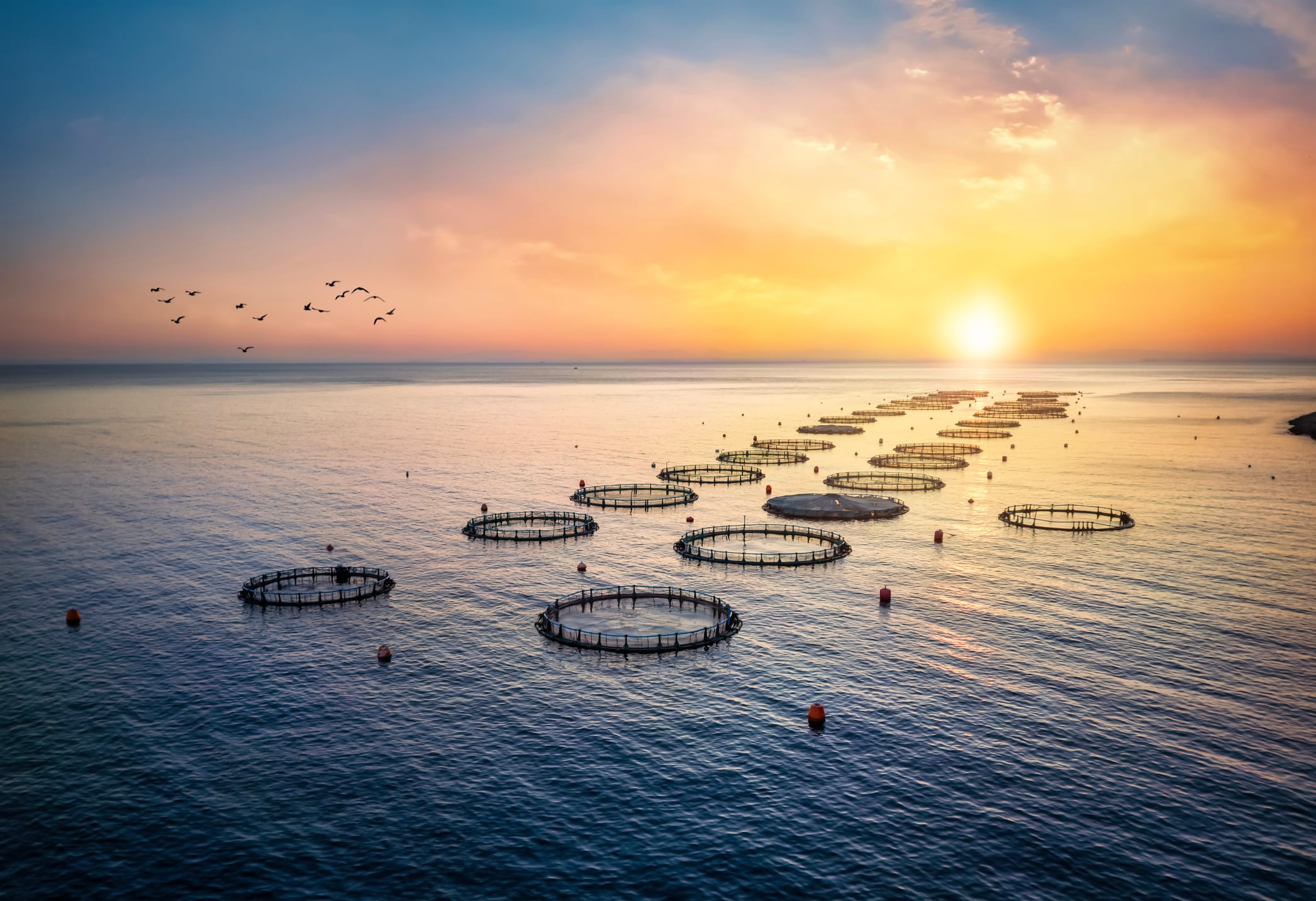The study, published in the International Journal of Environmental Research and Public Health, detected the pathogen in 89.7% of water samples collected from the canals of the Thai capital.
Between 2016 and 2019, a total of 1381 water samples were collected from 29 canals.
Among these, 62.1% showed resistance to at least one antimicrobial while 54.8% were multidrug-resistant (MDR). The highest resistance was observed against streptomycin (41.4%).
“The high prevalence of AMR Salmonella in Bangkok’s urban canals underscores the urgent need for improved wastewater management and stronger environmental AMR monitoring.”
Antimicrobial resistance (AMR) is an increasing major public health concern worldwide caused by excessive use of antibiotics in humans and agriculture for therapeutic and nontherapeutic purposes.
“The widespread presence of Salmonella poses a serious public health risk, particularly in communities relying on canal water for agriculture, household activities, and recreation,” the study said.
The researchers pointed out that one of the sources of this contamination was likely to be agricultural waste, which could potentially release AMR bacteria and antibiotic residues into the canal system.
It noted how the extensive canal network in Bangkok was surrounded by residential, farming, and small agricultural areas.
That same polluted water is then used by the communities that rely on the canal water for agricultural activities.
“Given that these canals are directly connected to communities and often serve for irrigation, aquaculture, and even informal recreational use, pathogen surveillance in canal water is essential for early detection of AMR threats and for guiding targeted public health interventions.”
Urgent action needed
The researchers emphasised the role of policy and regulation in curbing the spread of AMR pathogens.
It suggested that authorities should strengthen AMR monitoring, enforce sewage treatment regulations, and regularly assessing human and animal effluents to improving water quality.
The study highlighted Sweden as an example of being able to lower AMR levels by implementing strict antibiotic stewardship programs.
Thailand’s National Strategic Plan on AMR for 2017–2022 aimed to reduce AMR through a One Health approach by establishing a national governance mechanism, a monitoring system, and a platform for multi-sectoral action, including controlling antimicrobial use in humans and animals.
According to the researchers, its current National Action Plan on AMR (2023–2027) is “underdeveloped”.
“AMR control efforts have largely focused on human and animal health, neglecting the environmental dimension. The result of this study highlights the urgent need for new policies to address AMR contamination in Bangkok’s canal water.”
They concluded: “Multi-sectoral collaboration between public health and agriculture authorities, environmental agencies, and academic institutions is key to sustainable AMR mitigation in the environment.”
Int. J. Environ. Res. Public Health. Antimicrobial Resistant Salmonella in Canal Water in Bangkok, Thailand: Survey Results Between 2016 and 2019. Authors: Khotchalai et al. https://doi.org/10.3390/ijerph22091333





